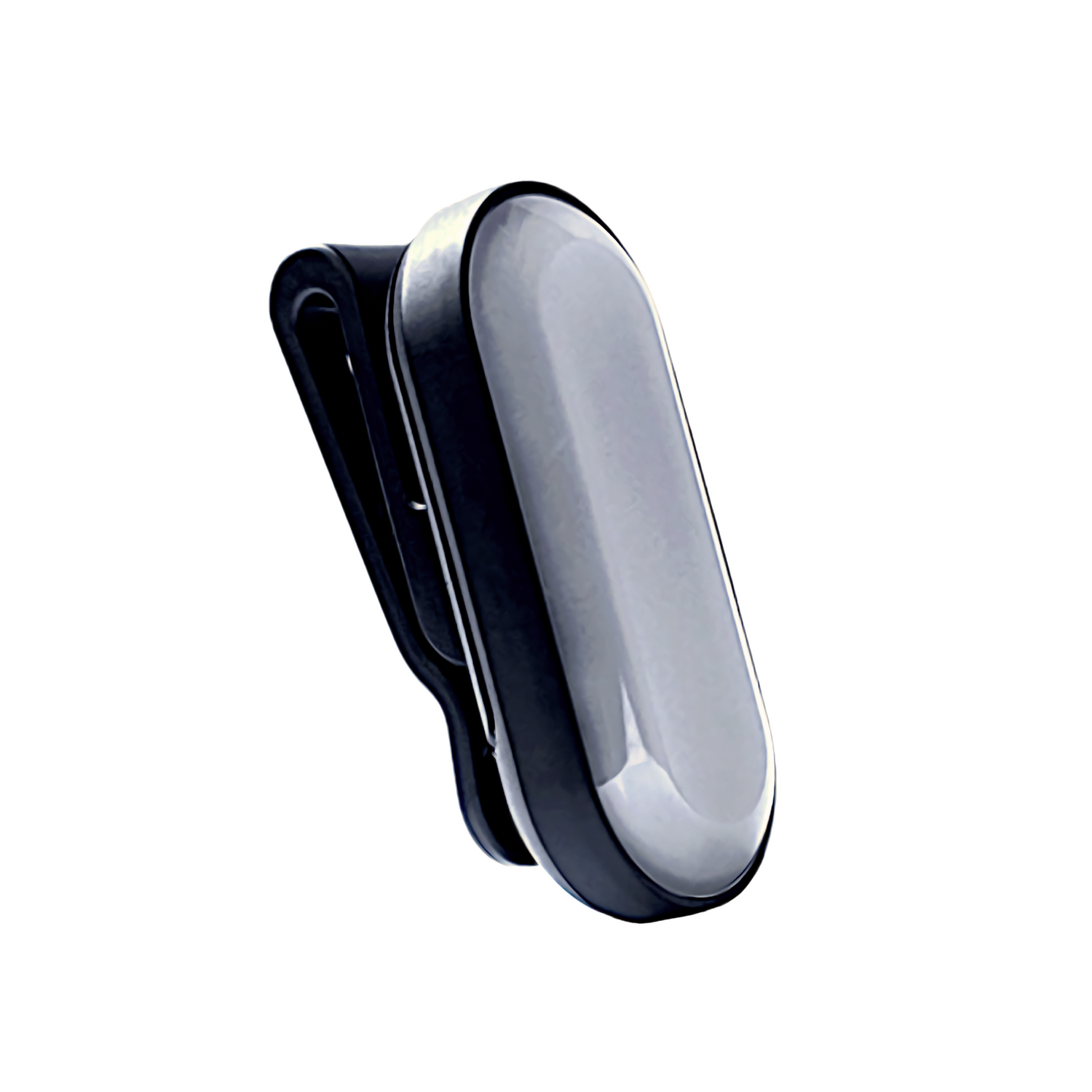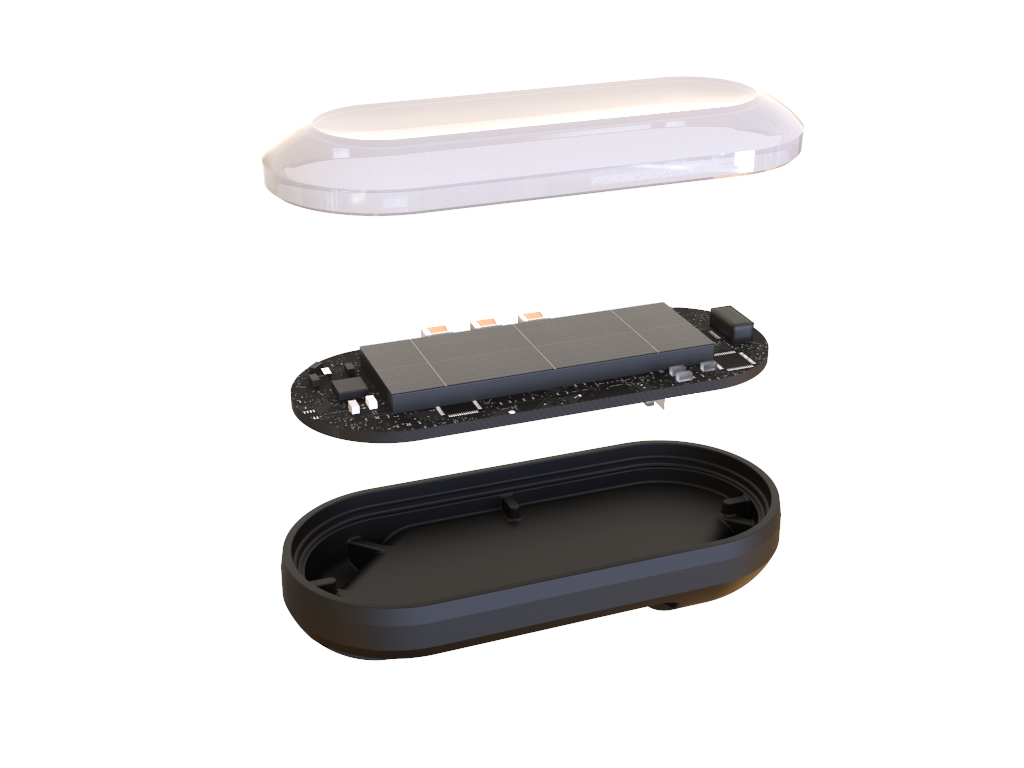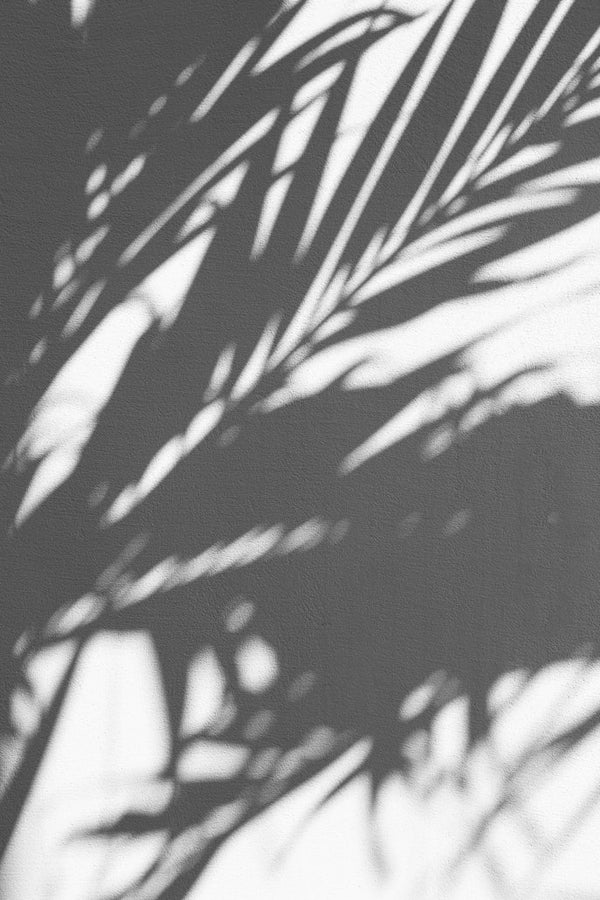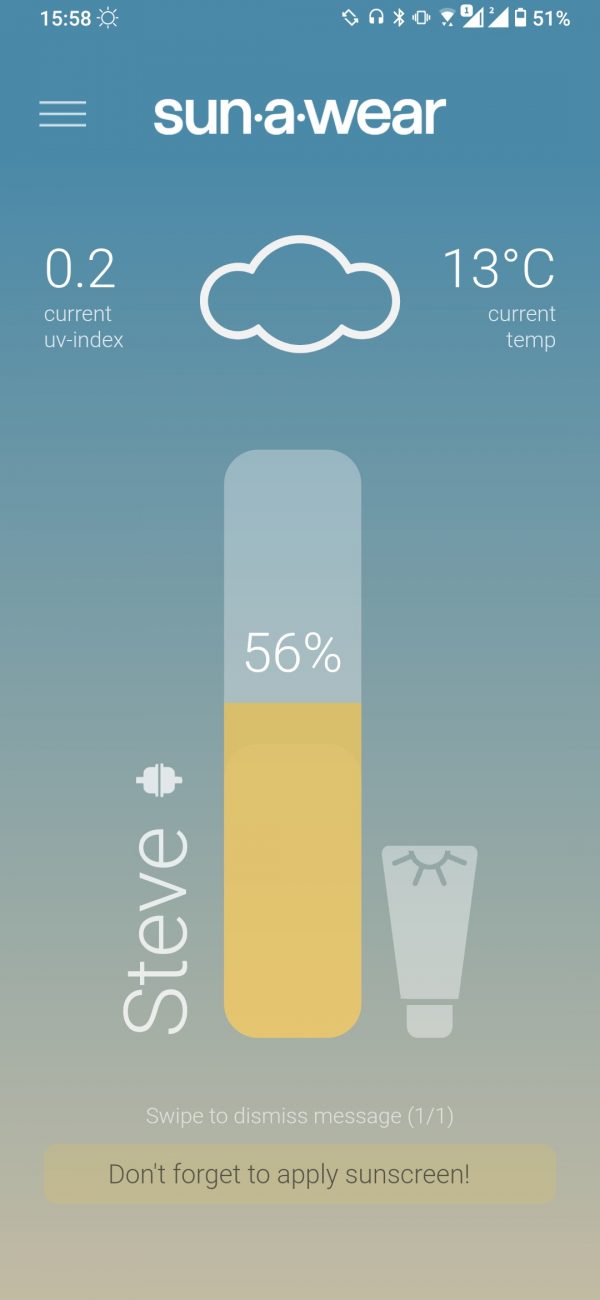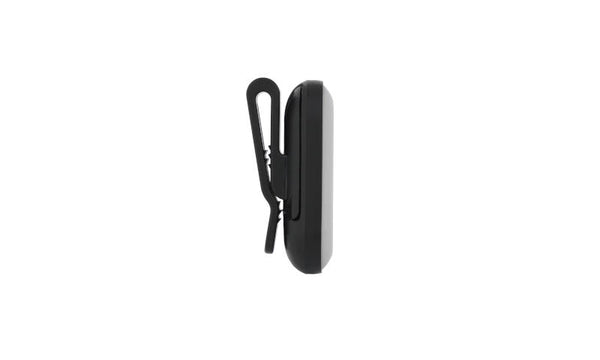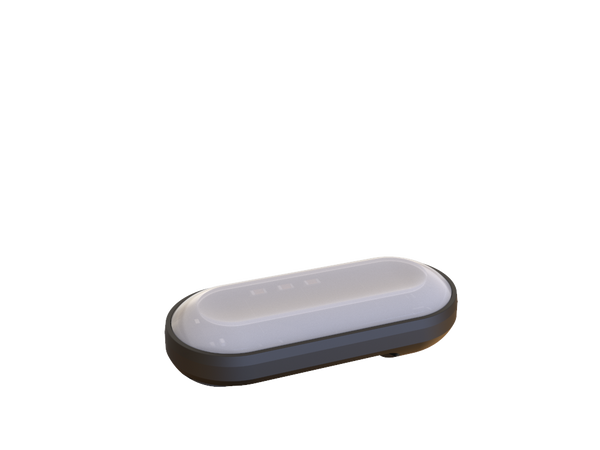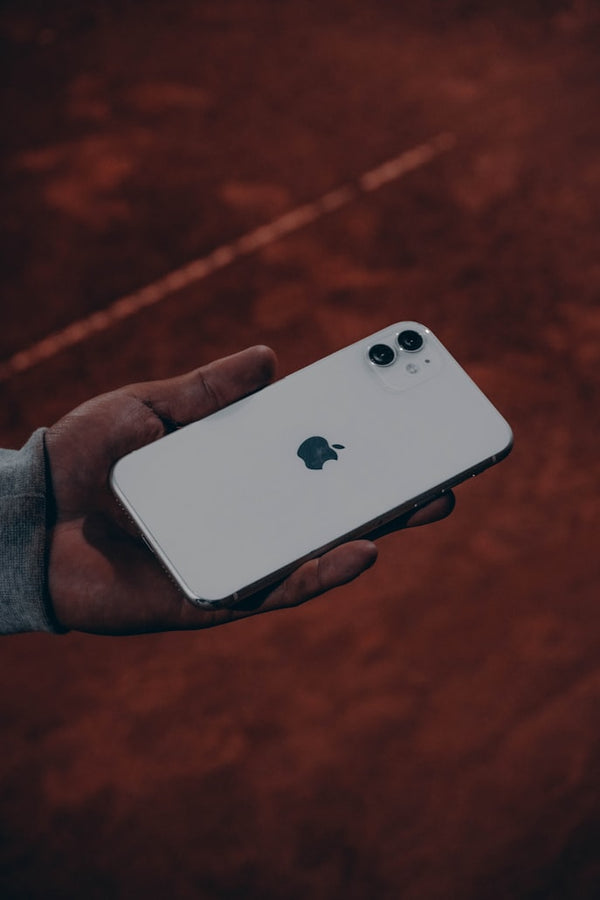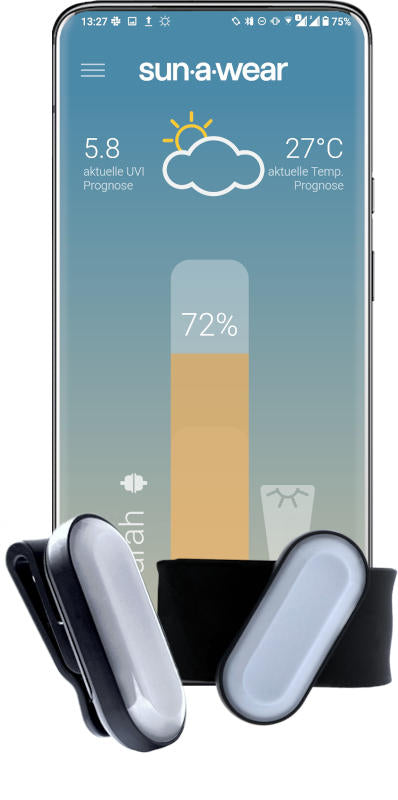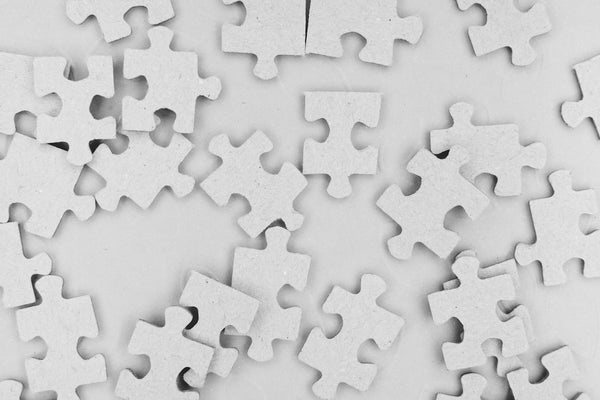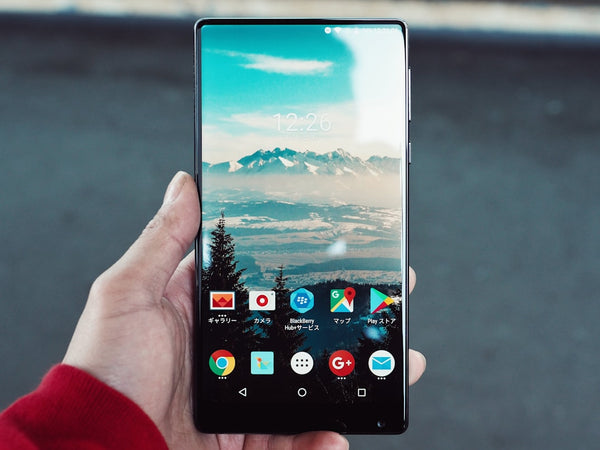The sun-a-wear sensor is a solar powered device that measures UV radiation and wirelessly sends these measurements to the smartphone app. It stores the energy of the solar cell in a very small supercapacitor. From now on we will call this energy storage for the sake of simplicity. This energy storage can only store about a millionth of your smartphone battery. This means that for the sun-a-wear sensor to work, it only has extremely little energy available and must therefore use it sparingly.
But how exactly does he do that? How does the sun-a-wear sensor work? What exactly happens when you take the sensor to the sun?
The shutdown phase
If you just received the sensor or haven't used it in a while, its energy storage will be empty. It's turned off. If sunlight falls on the solar cell during this phase, a small chip on the sensor switches on: the Energy Harvester. While all other components are still switched off, the Energy Harvester ensures that the solar cell charges the energy store. It constantly adapts to the light situation in order to make ideal use of the energy supplied by the solar cell. Charging the energy storage can take anywhere from a few seconds (in direct sunlight) to a few minutes (in the shade). When the energy storage is about 2/3 full, it turns on the remaining components of the sensor. What is important is the microprocessor, which takes over the command from this point on. The sun-a-wear sensor changes to the measurement phase.
How does the sun-a-wear sensor work in the measurement phase?
When the sun-a-wear sensor is fresh out of the shutdown phase, the microprocessor must first start the system. That means he sets up the system and checks whether all the components are there and working. Although this start-up process only takes about 6 milliseconds, it needs so much energy that the sensor goes back to sleep immediately afterwards. By "sleep" we mean that the microprocessor goes into a mode where it consumes very little power. However, the system does not have to set itself up again when he wakes up. It can continue since it stopped before sleeping. Did you know that processors set an alarm to wake up at the right moment?
So when the sensor wakes up, it first measures how full the energy storage is. When the memory is full enough, it takes a measurement and sends it to your smartphone via Bluetooth Low Energy. He then sets an alarm for 5 seconds and goes back to sleep. A short rest.
So you can see that the measurement frequency depends on how quickly the sensor can fill its energy storage. In direct sunlight, it measures easily every 5 seconds. In the evening it can take longer.
If you take the sensor inside or it gets dark, the solar cell will no longer get enough light to charge the memory. The sensor then continues to measure and transmit for another two to three minutes, using up a large part of the stored energy. But before the memory is completely empty, it goes into the hibernation phase.
The hibernation phase
In the hibernation phase, the sensor does nothing but sleep. Well, every now and then it wakes up to see if the energy storage has refilled. For example, it can survive longer phases in which you are inside and does not have to restart the system again and again.
However, if it takes too long and he doesn't get any more energy, it will eventually go back into the down phase and the game will start over.
As you can see, there is more going on behind the scenes than meets the eye.
See also:
